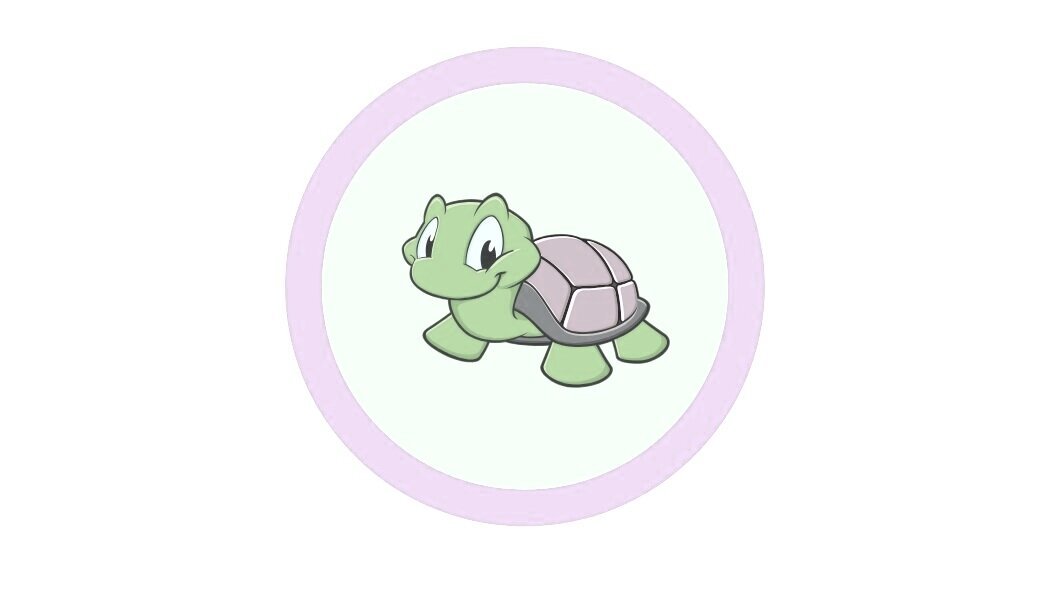What is Occupational Therapy?
Written by Isaiah BraveheartWhat is Occupational Therapy(OT)?
Occupational therapy can seem like a bit of a mystery to those who are not familiar or in the field. What is that? Do you help people find jobs? It is understandable that it seems abstract or unclear if you are not in the field, but we are happy to share with you what we love to do.
The AOTA defines occupational therapy as therapy that enables people of all ages to participate in daily living. Occupational therapists work with individuals to increase their quality of life through having success in their daily routines and activities that they enjoy. Occupational therapy intervention uses everyday life activities (occupations) to promote health, well-being, and your ability to participate in the important activities in your life. This includes any meaningful activity that a person wants to accomplish, including taking care of yourself and your family, working, volunteering, going to school, among many others. This can look different for different individuals.
What are some typical things that we do every day? Wake up at a certain time, exercise, eat our meals, brush our teeth, bathe, get dressed, go to work, cook, sleep. The routines we create in our lives creates stability and foundation for everyday living. It allows us to put our energy toward what we value. This is what OT helps with:) We help you to be able to put energy toward what you value in your everyday routine to increase quality of life.
For pediatrics, an OT can help with meals, play, getting dressed, sleeping, bathing, hygiene, and toileting. A child feeling confident in their daily routine can help them feel safe and contribute to their overall well-being .
**Remember, early intervention and support can make a significant difference in your child's well-being and development. If you have concerns about your child's well-being or behavior please contact Purple Turtle Therapy with any questions you may have.**
5 Signs Your Child May Need Pediatric Occupational Therapy
Occupational Therapy isn’t something that will help a child overnight. It will take time and practice. However, pediatric occupational therapists have the skills to make this a fun learning experience at the same time. There will be times that the child will become frustrated and need a break and that’s okay too. We work with patients to build up their comfort level and help them achieve their goals in a positive manner.
1- If your child avoids certain textures or surfaces, they may have a sensory processing disorder. The pediatric occupational therapist will help the child overcome this with certain activities while making it fun and not scary. It is amazing to watch a professional help a child overcome sensory issues that you thought were never possible as a parent.
2-If they do not use both hands together when playing or pretending to cook, they may need assistance developing their fine motor skills. This can be due to a number of reasons. However, with the right pediatric occupational therapist, you will see improvements, sometimes right away. Your pediatrician might also make some suggestions on ways that you can work on this at home.
3- If your child has difficulty dressing themselves or tying their own shoelaces, then it is time to speak to your pediatrician about your options. Getting oneself dressed can show the signs that the fine motor skills are needing a little improvement. However, in due time you will have a child that will master these skills one at a time. Try not to do it for them, as you are not helping them to learn. While this is hard for some parents as you are in a hurry, taking the time to let them do it themselves is critical.
4- If they are not good at self-calming methods like deep breathing or gazing up at a lighted ceiling fan, then it may be time for some OT assistance. When children have a hard time calming themselves, they can seem out of control and impossible. However, this is a skill that can help the entire family have a better life overall. Everyone will benefit from the help that this child will get during occupational therapy for children.
5-Avoiding eye contact is another tall tale sign that your child might need pediatric occupational therapy. Eye contact is not the only way you can tell signs of autism. But it is a vital and important sign that you should not dismiss. So if your child avoids eye contact, it’s time to have them assessed by a pediatric occupational therapist.
